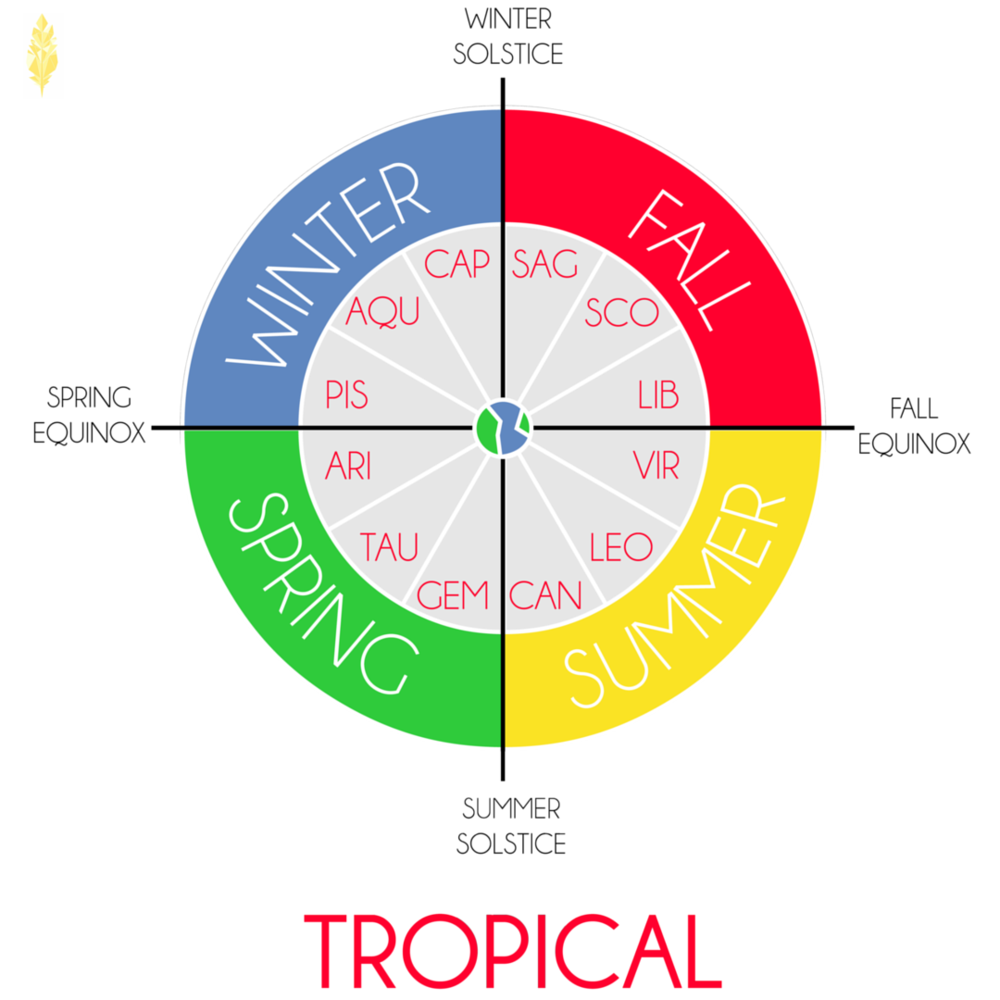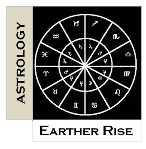Q: I came across an article that says, I have been reading the wrong horoscope all along because of the precession of the equinoxes.
The Sun is slipping backwards! From the Age of Pisces, we’re now moving to the Age of Aquarius. So, if I was born Cancer, does that mean I’m really Gemini? Should I be reading Gemini horoscopes instead?
The article also talked about “a new 13th Zodiac sign” called Ophiuchus. Do you know about it?
A: The article you read is only half of the story; hence, the confusion.
So, let’s clear things up.
Those who claim the Zodiac has shifted are correct. This phenomenon is known as the Precession of the Equinoxes. Here’s what happens:
More than two thousand years ago, the Sun would rise between the constellations of Aries and Pisces during the Vernal Equinox (when daytime and nighttime are equal, which happens annually on or about March 21). Due to precession, the Sun rises nowadays in between the constellations of Pisces and Aquarius.
That's the first half of the story.
Notes
1. It takes about 26,000 years for the Vernal Equinox to point to all twelve constellations. It takes around one twelfth of the time—roughly 2,160 years—for the Sun to traverse one Zodiac sign.
2. Because constellations lack clear boundaries, it is difficult to say exactly when the Vernal Equinox will move from the constellation of Pisces to the constellation of Aquarius; thus, the so-called Age of Aquarius is said to begin sometime between 2100 and 2500 AD.
THE SECOND HALF OF THE STORY
ZODIAC SIGNS ARE BASED ON SEASONS, NOT THE CONSTELLATIONS
In the Tropical Zodiac, Aries begins on the first day of Spring, Cancer on the first day of Summer, Libra on the first day of Autumn, and Capricorn on the first day of Winter.
The interpretation of signs—from Aries to Pisces—are based on the sign's position within a season, namely Cardinal, Fixed, and Mutable.
The signs are further categorized according to the four elements —Fire, Earth, Air and Water.
3 Modalities x 4 Elements
= 12 Zodiac Signs
IMPORTANT: Classical Western Astrology is based on seasons here on Earth; thus, the position of the constellations out there has no bearing.

 THE ZODIAC DEBATE: TROPICAL VS. SIDEREAL
THE ZODIAC DEBATE: TROPICAL VS. SIDEREAL
• Classical Western Astrology makes use of the Tropical Zodiac. Hindu Astrology and modern hybrids of Western Astrology make use of the Sidereal Zodiac.
• The Sun is used in both Tropical and Sidereal Zodiacs to describe the passage of time and mark specific points in time.
• Using the Sun, time can be measured by referencing seasons (Tropical time) or the position of the stars (Sidereal time).
• It was Claudius Ptolemy who argued the Sun’s position during the Vernal Equinox should be used as the starting point or 0°Aries of the Tropical year; this system became known as the Tropical Zodiac.
• On the other hand, a Sidereal year begins when the Sun aligns with the Constellation of Aries which currently happens in mid-April. The Sidereal system is also known as the Fixed Zodiac.
• During Ptolemy’s time the two Zodiac systems—Tropical and Sidereal—were close together (less than a degree apart). The difference is now about 24° because of the Precession of the Equinoxes.
At present, 0°Aries in a Tropical Zodiac would be equivalent to 05° Pisces in a Sidereal Zodiac.
NO FIXED POINT IN THE UNIVERSE
Why not anchor the Zodiac on constellations?
The Universe has no fixed point; it constantly moves. So, why would I anchor my orientation on another object that swirls along with the rest?
AS A UNIT OF MEASUREMENT
Signs in Classical Western Astrology are used as units of measurement; each sign consists of 30 degrees of arc.
There are no well-defined borders in the sky and some constellations occupy more real estate than others; thus, making use of the constellations to define the passage of time does not make sense and can be confusing.

WHAT ABOUT OPHIUCHUS
Ophiucus, the Serpent Bearer, has no significance in Classical Western Astrology. The Sun passes through Ophiucus nowadays between Nov 29 to Dec 17. Ophiucus falls well within the sign of Sagittarius.
HOW PRECISE IS CLASSICAL WESTERN ASTROLOGY
Read about the iOS 11 attack on 2 December 2017. Classical Western Astrology can't get more precise than that.
Is Astrology Precise


